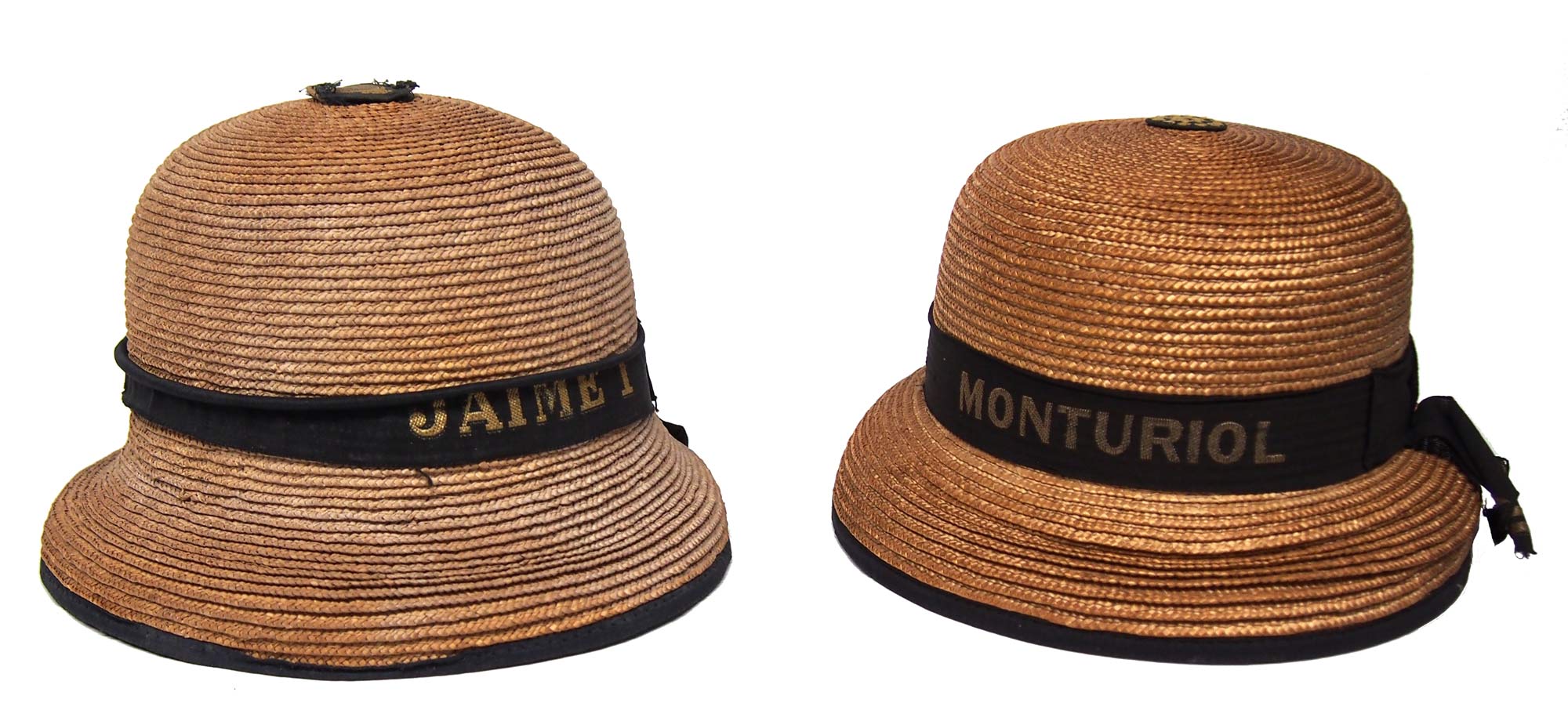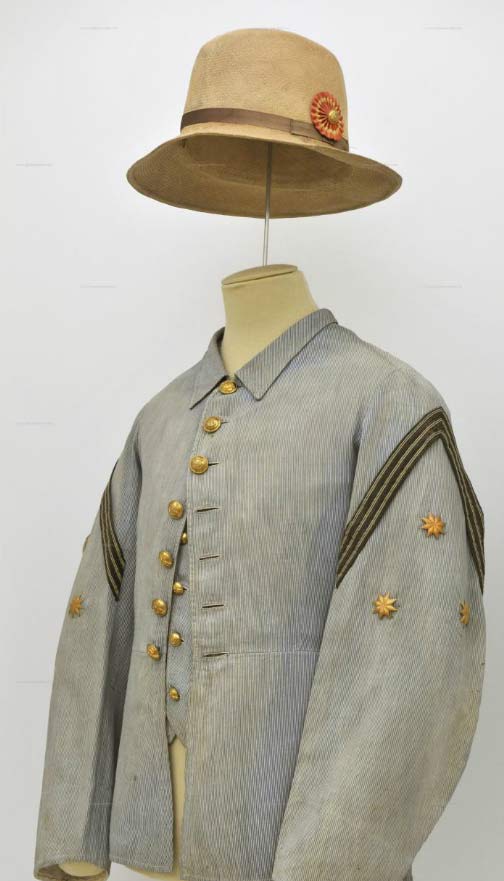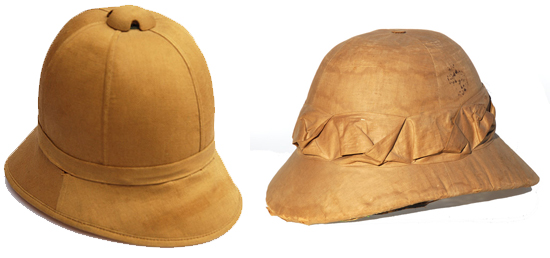 Despite the Spanish defeat during the Spanish-American War, which cost the nation its colonies in Cuba, Puerto Rico and the Philippines the nation continued to maintain a modern army. During the 19th century the Spanish military had worn French-made sun helmets that were in essence copies of the 1886 pattern – but the Spanish also used British made helmets throughout its empire. After the Spanish-American War the Spanish even adopted a helmet that was a copy of the Wolseley pattern.
Despite the Spanish defeat during the Spanish-American War, which cost the nation its colonies in Cuba, Puerto Rico and the Philippines the nation continued to maintain a modern army. During the 19th century the Spanish military had worn French-made sun helmets that were in essence copies of the 1886 pattern – but the Spanish also used British made helmets throughout its empire. After the Spanish-American War the Spanish even adopted a helmet that was a copy of the Wolseley pattern.
Category Archives: Spain
The Proto-Sun Hats of the Far East

It is a hat or form of headgear known by many names. It is known as a “salakot” in the Philippines, the “salacco” in Southeast Asia, and at times even described as the “Planters Hat” in British India. It is a type of a Asian “conical hat,” which we have written about in detail in the past, but its history in use by the colonial masters of Asia has largely been overshadowed by the sun/pith helmet. Continue reading
Rayadillo – The Alternative to Khaki

By the late 19th century nations around the world had largely adapted khaki as the de facto color for military uniforms for troops serving in tropical regions. Khaki, which originated from the Persian word for “dust,” was first used in the Indian subcontinent prior to the Indian Mutiny, but by the end of the century had seen use around the word.
However, Spain – a nation that had been among the earliest colonial powers – actually adopted an alternative to khaki. This was “rayadillo,” a cotton fabric that featured blue and white strips. It was worn by Spanish colonial soldiers from the middle of the 19th century until the early 20th century. Continue reading
Pith vs. Cork – Not One and the Same
While the term “pith helmet” is commonly used to describe any sun or summer helmet, it isn’t exactly accurate. Pith has entered the lexicon much as “Xerox” means “photocopy” or “Kleenex” means “facial tissue” – at least in English. The difference is that while some corporate brands have become generic terms, pith is not a brand but a material. Continue reading

